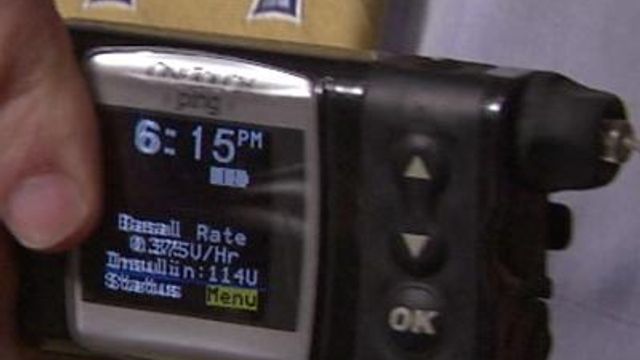Researchers working on artificial pancreas
Advances in technology have helped diabetics control the disease, but it hasn't yet produced a device to replace the function of the pancreas to control blood sugar levels.
Posted — UpdatedWhen the body works as it should, the pancreas produces the right amount of insulin right when the body needs it.
With Type 1 diabetes, however, the pancreas can't produce insulin, leaving diabetics to rely on glucose monitors and insulin pumps to maintain blood sugar levels and deliver insulin to the body.
Researchers and engineers have been working to create an "artificial pancreas" that combines those technologies into one.
Unlike other methods of helping to maintain glucose levels, the artificial pancreas does not depend on users to make decisions.
There are several shortcomings to the current methods of monitoring glucose levels.
For example, even 10 pricks of the finger throughout the day can only provide a snapshot of a person's blood sugar level at any moment.
It doesn't provide a complete picture, like showing a downward or upward trend in between meals.
People also don't check their blood sugar while they sleep or when they are engaged in physical activity.
An artificial pancreas could monitor glucose levels all the time, just like a healthy pancreas.
A fail-safe device is still in the development phase.
"Our hope is that we'll get a product to the (U.S. Food and Drug Administration) within four years," said Larry Soler, a vice president of the Juvenile Diabetes Research Foundation.
Copyright 2024 by Capitol Broadcasting Company. All rights reserved. This material may not be published, broadcast, rewritten or redistributed.





